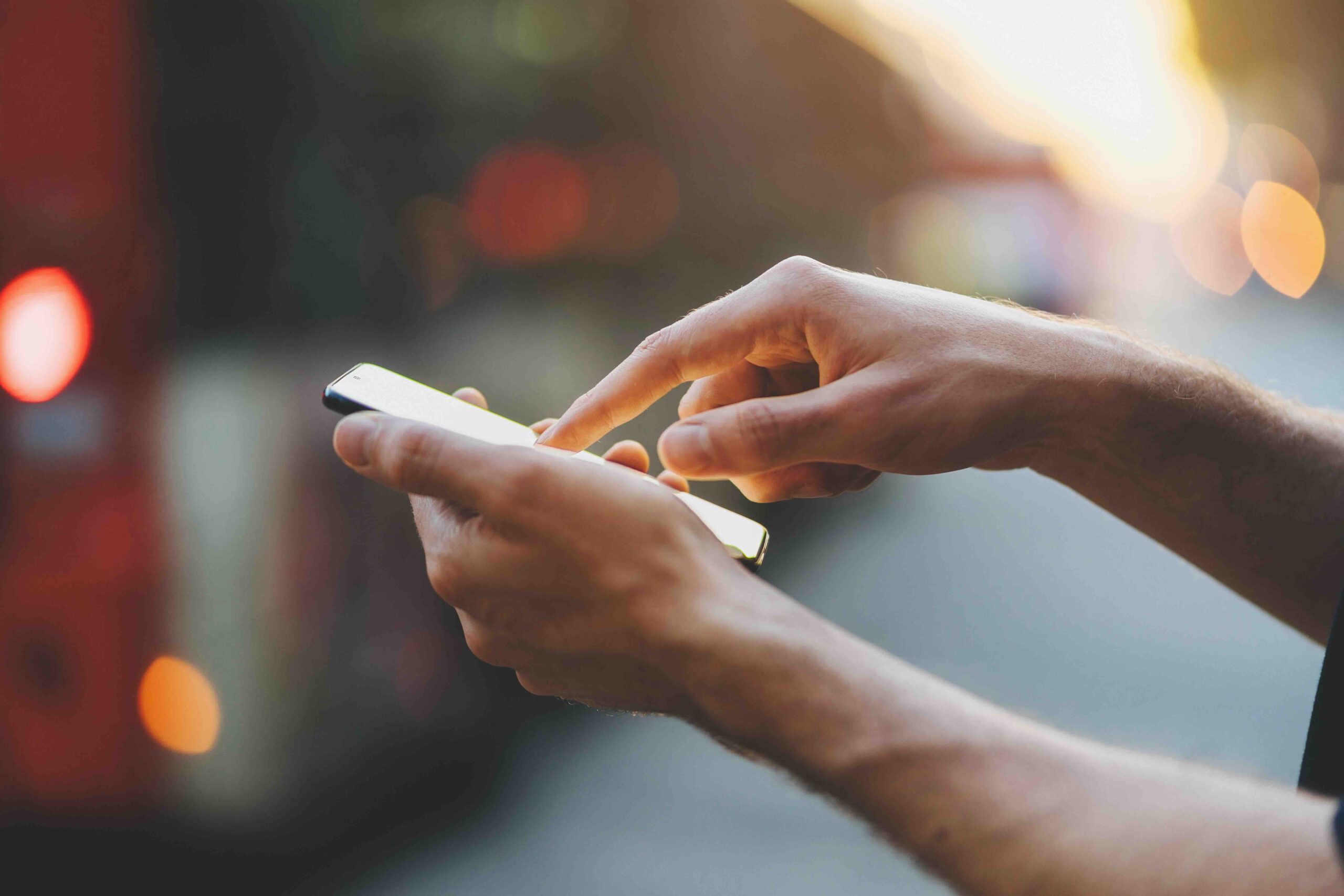Are mobile phones the new cigarettes? Will we discover that the telecommunication industry, like the tobacco industry, has dismissed evidence that their product can kill us? Most Australians own a mobile phone. As we increasingly use our mobiles, evidence is trickling in about their potential for negative physical, psychological and financial consequences. These studies rarely make a blip on the radar.
Ten years ago, when seven people working at RMIT were diagnosed with brain tumours, a Telstra spokesperson was quick to reassure us that there was “no evidence” of a link between mobile phones and cancer. On the contrary. Although research was in its infancy, there was evidence of a possible relationship between mobile phone use and brain cancers, particularly gliomas, acoustic neuromas and parotid gland tumours. These earlier studies showed an increased risk for malignant brain tumours among the heavier mobile phone users, particularly when it was used mostly on one side of the head.
In 2016, the World Health Organisation’s International Agency for Research on Cancer described mobile phones as a potential carcinogen. Yet the Australian Mobile Telecommunications Association adamantly rejects any claim that low-energy radiation from mobile phones has any detrimental health effects.
Most studies compare the mobile phone use of people who have cancer with those who don’t. These studies rely on people remembering how often and for how long they used their mobile phone in the past. The largest case-control study to date is the Interphone study. It included more than 5000 people with head and neck cancer from 13 countries, including Australia. Like research funded by the tobacco industry, the Interphone study claimed complete scientific independence despite receiving partial funding from the telecommunication industry.
A friend was a participant in the Interphone study. A researcher interviewed her soon after the removal of her brain tumour. She was asked the brand, model, shape, size and level of radioactivity of her first mobile phone and how often she used it. Not surprisingly, she could not remember. Who could?
There is concern that children may be more vulnerable to any effects due to their developing nervous systems, thinner skulls and increased cumulative exposure over their lifetime. The World Health Organisation has ranked the effects of mobile phones on children and adolescents as a “highest priority research need”. To date there have been two studies focusing on childhood cancers and mobile phone use. One has reported no association; the other, “Study of cognition, adolescents and mobile phones” (Scamp) is ongoing.
Although evidence for cancer remains inconclusive, there is increasing evidence of mobile phone addiction. The term “no mobile phone phobia” – dubbed “nomophobia” – has been coined. Nomophobia describes people who feel anxious when their mobile’s batteries are flat or there is no network coverage.
People with nomophobia panic when they misplace, lose or break their mobile, or drop it in the toilet. The most common symptoms include preoccupation with a mobile phone, including excessive time or money spent on it. Other symptoms include adverse effects on relationships, such as bringing a mobile phone to bed with a lover. Addicts may also use their mobile phone in socially inappropriate ways, such as replying to a text mid-conversation. They may also use their phone in physically dangerous situations such as texting while driving a car or using machinery.
Data from recent studies suggest that some mobile phone users exhibit serious problematic behaviours similar to substance use disorders or pathological gambling. Compulsively checking mobile phones for texts, emails, tweets and Facebook updates has been compared with mindlessly playing the pokies. We certainly gamble with our lives when we text and drive.
Several scientific journals no longer publish potentially biased studies that are funded by the tobacco industry. These same standards should apply to research paid for by the telecommunication industry. We need independent research so that we can all know the risks when we pick up our phone.
First published The Sunday Age 13 January 2013
